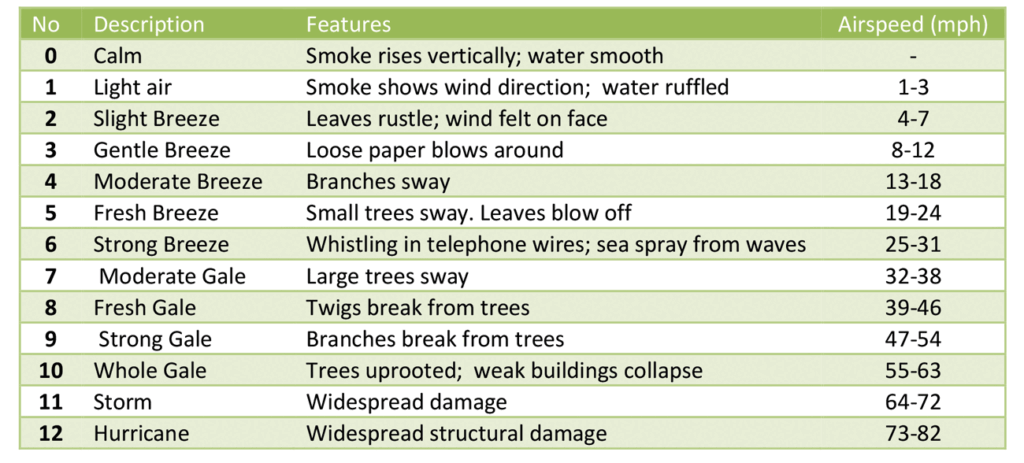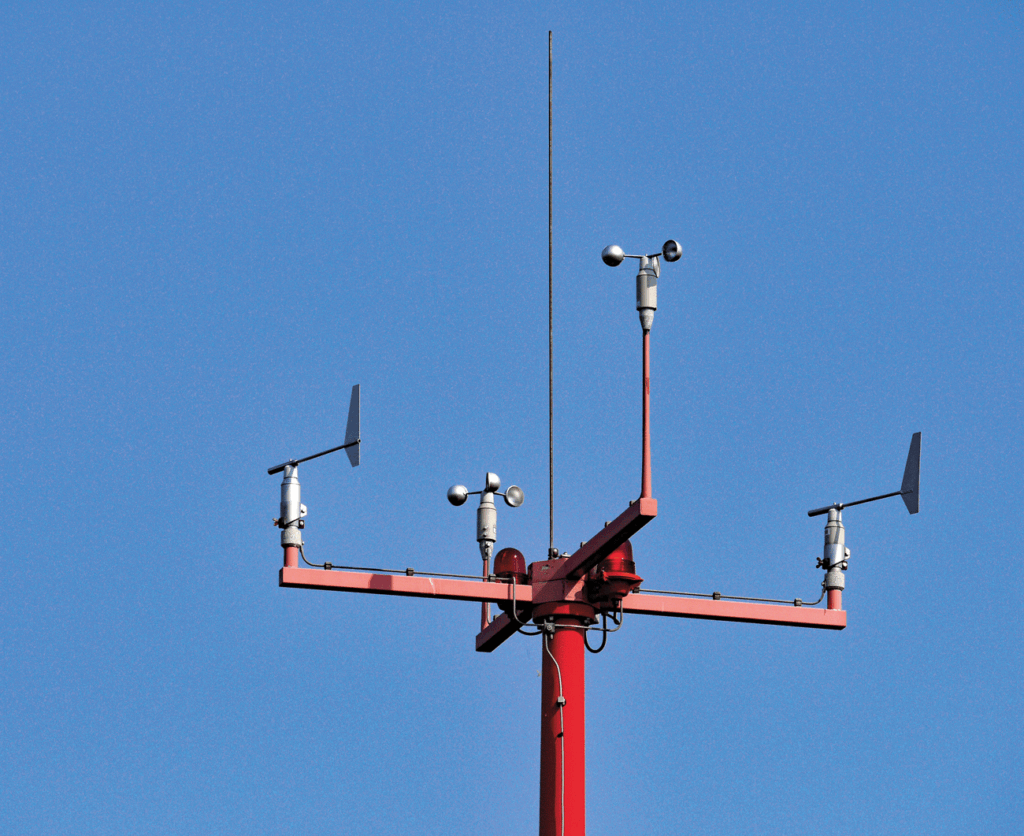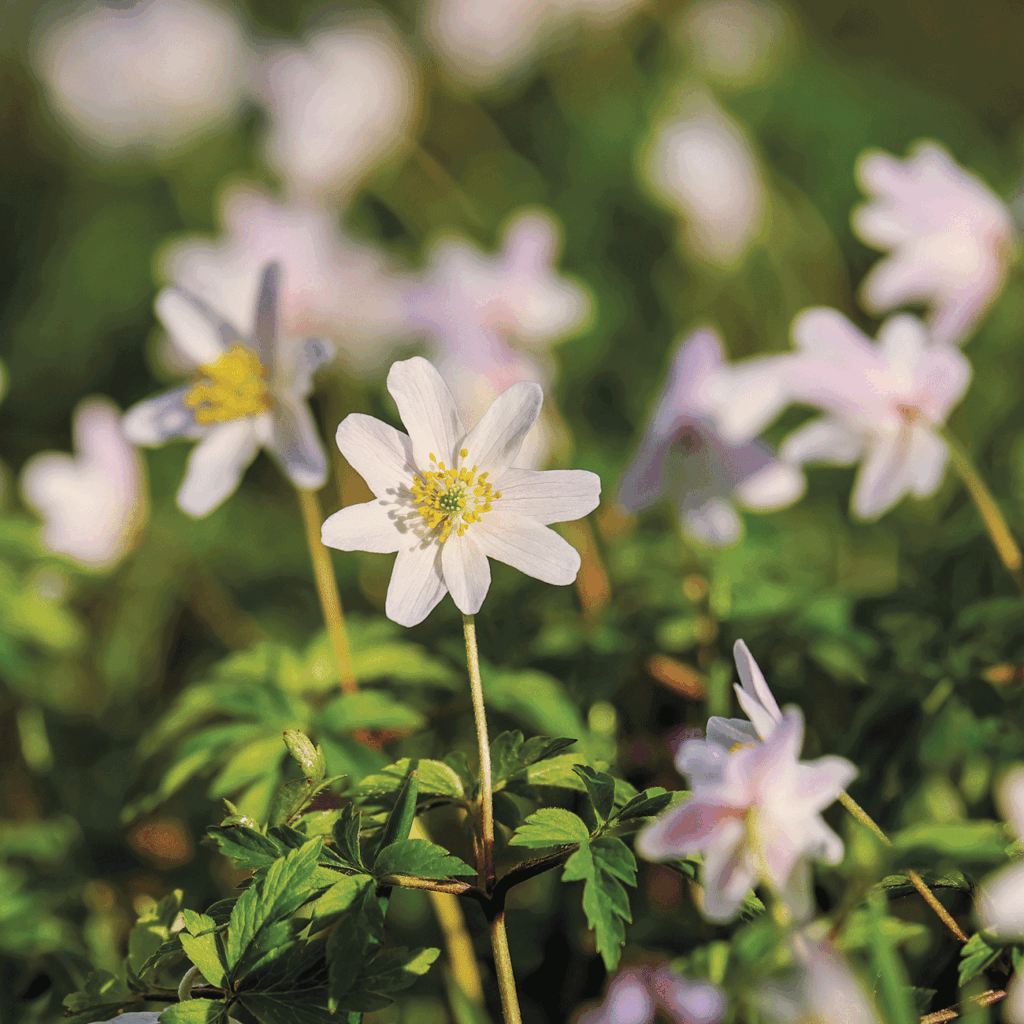
by Miki Marks
The old saying has it that if March ‘comes in like a Lion it goes out like a Lamb’. It can certainly be a very blustery month, more Lion than Lamb. I started thinking about wind and remembered my cat, Dido, who went crazy every time there was a strong wind. Ears back, eyes swivelling and darting all over the place. Her instinct for pouncing went into overdrive wherever foliage moved in case there might be a creature to hunt hiding there. I find high wind very unsettling – not just the moaning, but the agitation of the trees.
Wind is the lateral movement of the Earth’s atmosphere from high to low pressure areas – modified by such features as land and water. Seeing weather in a scientific way began slowly in the 17th and 18th century, but it took until the 19th century for wind observation to develop a methodical approach. There is now a basic, worldwide system and it was first classified by Sir Francis Beaufort (1774-1857). He was an English Admiral and his system was devised in 1806, and received international recognition in 1874. With some slight modification in 1926, is still in use today and known as the Beaufort Scale. Measurements are made at 10 meters above ground level.
The scale continues from 13 to 17 to describe ever worsening and damaging hurricanes.

Tristan Gooley in his book ‘The Walker’s Guide to Outdoor Clues and Signs’, describes in great detail the visible effect of wind – particularly on trees. Our prevailing winds in the UK are south-westerlies and by observing the shape of trees you can check your orientation. Trees at the edge of a wood which receive the brunt of the wind tend to be shorter and with thicker trunks than trees in the centre or on the north-easterly side. This can give a wood a ‘wedge’ shape. The trees which receive the full force of the wind are the ‘windbreaks’ Larches are very good at this. Trees which act as windbreaks also tend to have stronger roots on the south-westerly side to act as effective anchors. Although most roots are underground, where the roots join the trunk at what is called the ‘root collar’ it can usually be seen that the roots are thicker and longer on the south west side of the tree. They will probably be the roots you will trip over if you are out on a woodland walk and are distracted by your phone.

If you are interested in how wind systems work and how they affect the weather, read Gooley’s wonderful book mentioned above. You can be a Wind Detective – even looking at contrails can help you make informed guesses about what the weather has in store.
Wordsworth might have had his Spring peak experience on seeing a host of golden daffodils, ‘fluttering and dancing in the breeze’. Mine was the breathtaking sight of an expanse of wood anemones in a deciduous wood surrounding a ruined palace near The Hague. These delicate looking flowers, white on the inside and pale pink or mauve on the outside, are also called wind anemones. The name anemone comes from the Greek anemos meaning ‘wind’. The flowers are held on slender but wiry stems and always have the back of the flower facing the wind. According to the oft quoted Pliny the Elder, the flowers will not open unless the wind blows. I don’t know about that. However, I have observed these lovely flowers open in the sun but close and droop gracefully when cloudy or at twilight.

I have a charming little book published in 1943 entitled My book of Wild flowers and the illustration on the cover shows a young girl happily picking large bunches of bluebells. Innocent times; now picking wild flowers is considered a form of eco-vandalism. However, should you be tempted to pick even one wood anemone – don’t. It will wither almost immediately and give off a pungent foxy smell.
Next month I am meeting with the Knowle Park Manager for a walk round the park. I will tell you all about it in my next article in April.











